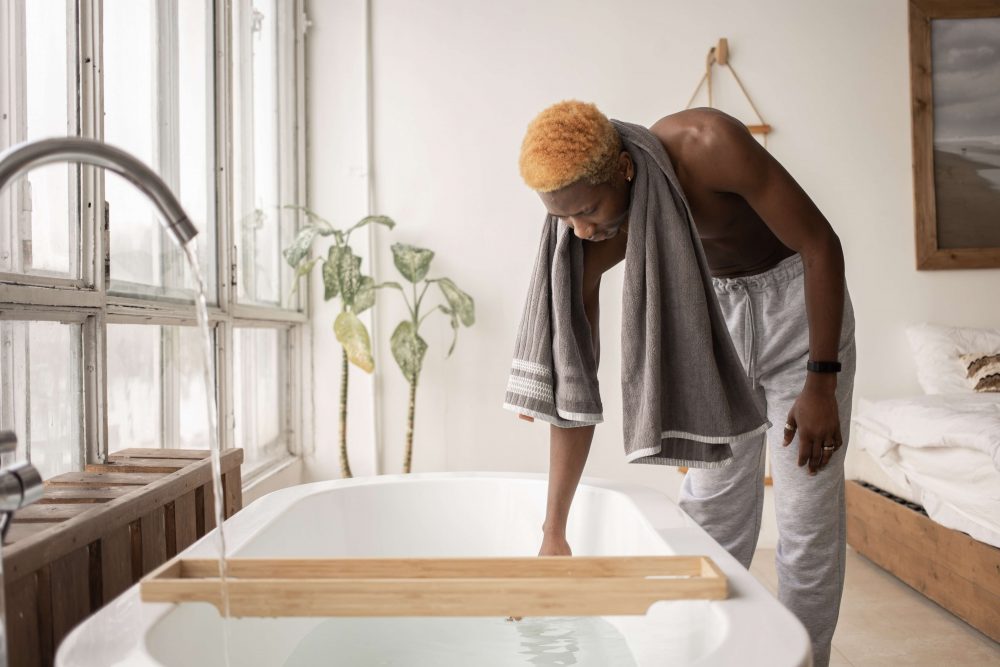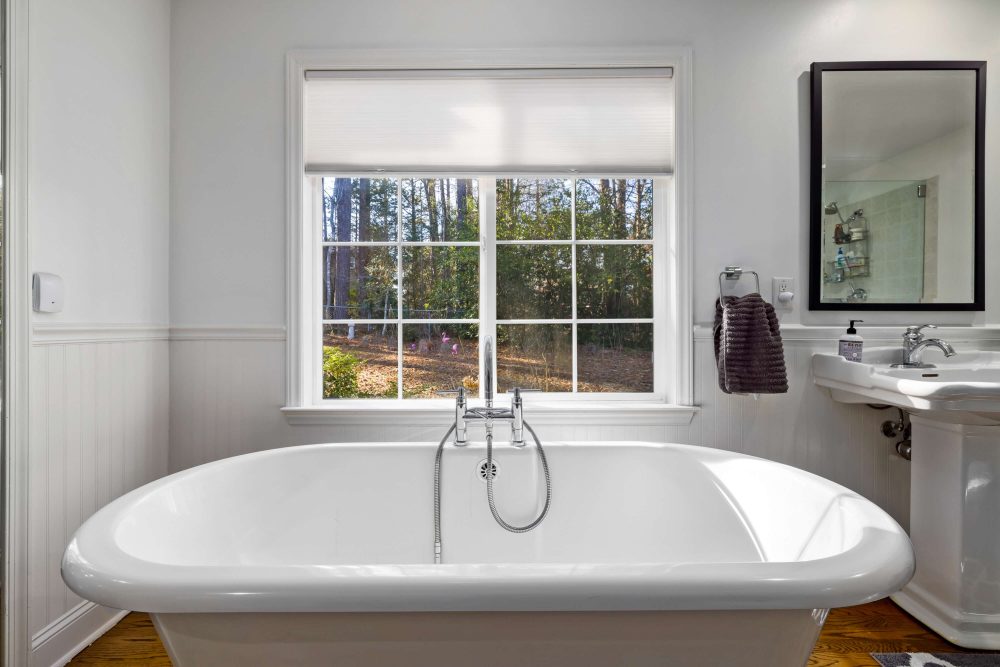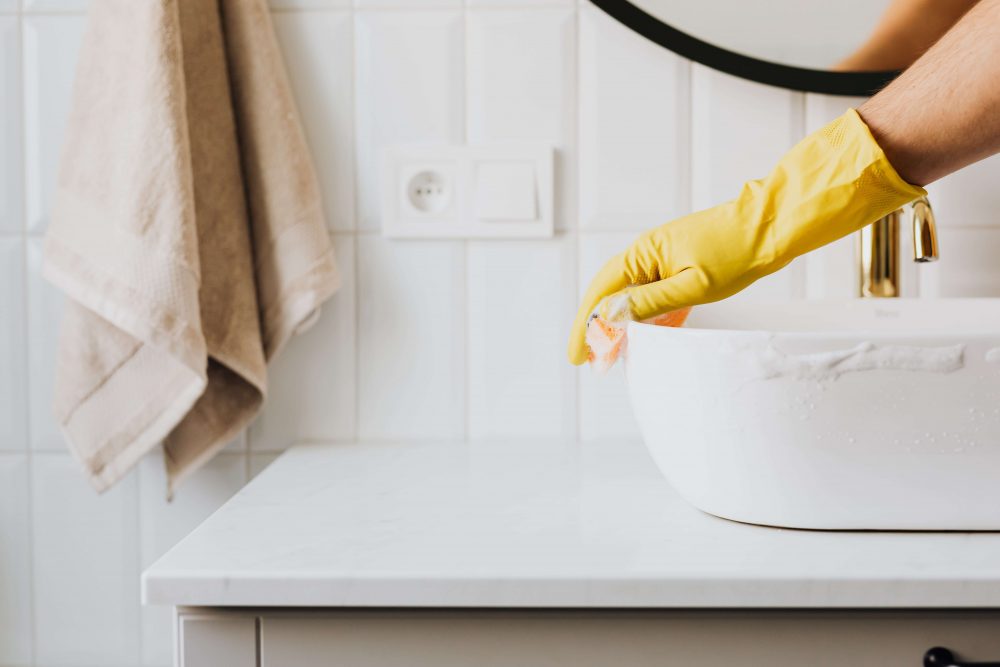Whose responsibility is removing mould and mildew from a property?
Mould in rental properties caused by lack of ventilation and humidity, i.e. by the tenant’s use of the property, is the responsibility of the tenant to prevent/control/eliminate. Tenants often complain of mould in bathrooms but need to take steps to reduce humidity and improve air circulation in order to prevent growth. And preferably eliminate mildew immediately it is noticed. Millions of mould spores bustle around in dust particles in your home and become active in moist, humid conditions.
Mould and mildew can be found in any room in the home due to lack of ventilation, and moisture/humidity, with the most common being bathrooms where mould thrives in the damp, highly humid conditions. Bedrooms can also collect condensation, leading to mould if not ventilated, particuarly in cold winter months, or rooms with lack of sunlight. Breathing while asleep all night creates condensation – humid air containing high levels of water vapour comes into contact with cold surfaces indoors and collects as drops of water. Open windows first thing in the morning to ventilate and remove condensation on windows and generally circulate the air.

Removing mould in rental properties caused in this manner, i.e. by the tenant’s use of the property, is 100% the responsibility of the tenant. If mould is caused due to leaking (pipes, cracks in walls etc) – that would be the responsibility of the landlord to repair the problem and eradicate the mildew.
As soon as you see mould starting to appear in your rental property, take steps to thoroughly clean and remove it before it starts a party! – it grows at an alarming rate, and if not completely eradicated will start growing again.
Method of cleaning: You can wipe down/off with undiluted white distilled vinegar (a great eco-friendly solution), or spray and clean off using a solution of Jik and Water, or buy a very effective product such as Mold-Away (from supermarkets and hardware stores).
Mould needs a couple of dynamics to thrive; high humidity and something to grow on – apparently millions of mould spores inhabit dust particles in the home and then flourish in moist, humid conditions (airborne spores grow on dust).
So when we limit dust and dirt, we limit the potential for mould infestation. And obviously ventilation is also key in the defense against mould, to remove moisture from the air.

Moisture in the air comes from a number of sources, the first of which we tend to forget is people!
Generally, each person can breathe out approximately one to two litres of water per day, depending on level of activity – so the more tenants in the property, the more water in the air simply from breathing – and added to that there’s cooking, showering, heating etc. – adding up to a considerable amount of moisture and condensation which needs an escape.
Obviously the healthiest choice is prevention – to alleviate mould problems and prevent an unhealthy environment in your rental home ventilate well, control humidity, and dust and vacuum regularly. Also, water leaks (roof, pipes, etc.) need to be reported to us by the tenant as soon as noticed so that we can promptly repair.

Ending off with Condensation vs Rising Damp, having lost count of the number of times a tenant has complained of mould due to rising damp in a bathroom when it’s actually mould due to condensation – to help put this argument to bed, here’s an easy explanation from someone other than ourselves on www.home-dzine.co.za:
“Condensation differs from rising and penetrating damp in that it’s caused by excessive moisture that cannot escape from the property (as opposed to water coming in). If there isn’t sufficient ventilation, condensation will arise and moisture will be in the air, even if you cannot see it. Mould may appear on walls, ceilings, furniture and even curtains.”
Failure by the tenant to remove mildew caused by their behaviour will be a deductible expense from their rental deposit (as recorded under Tenant Obligations in our Lease Agreement).